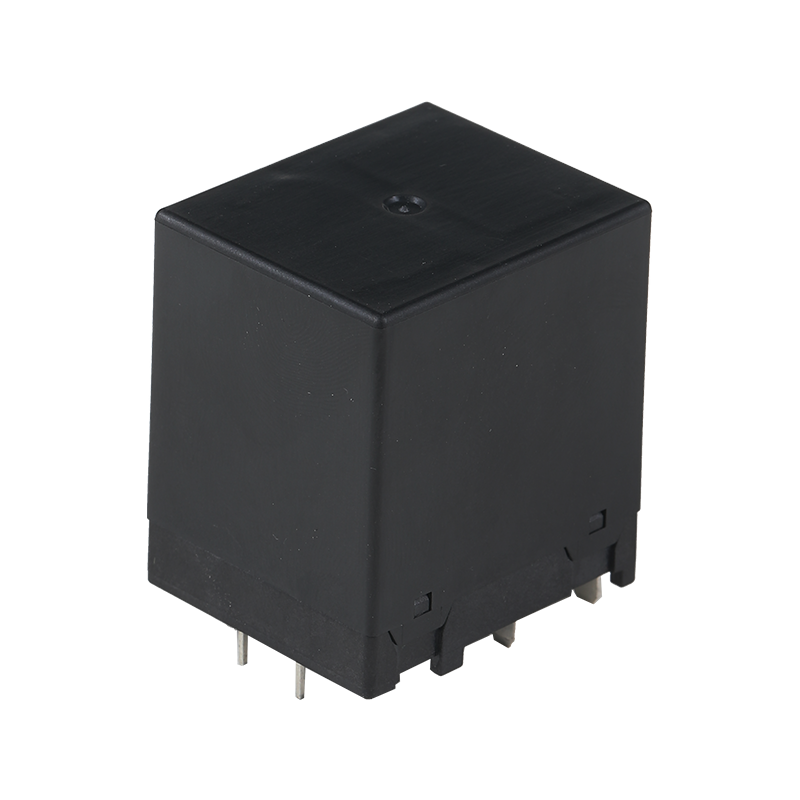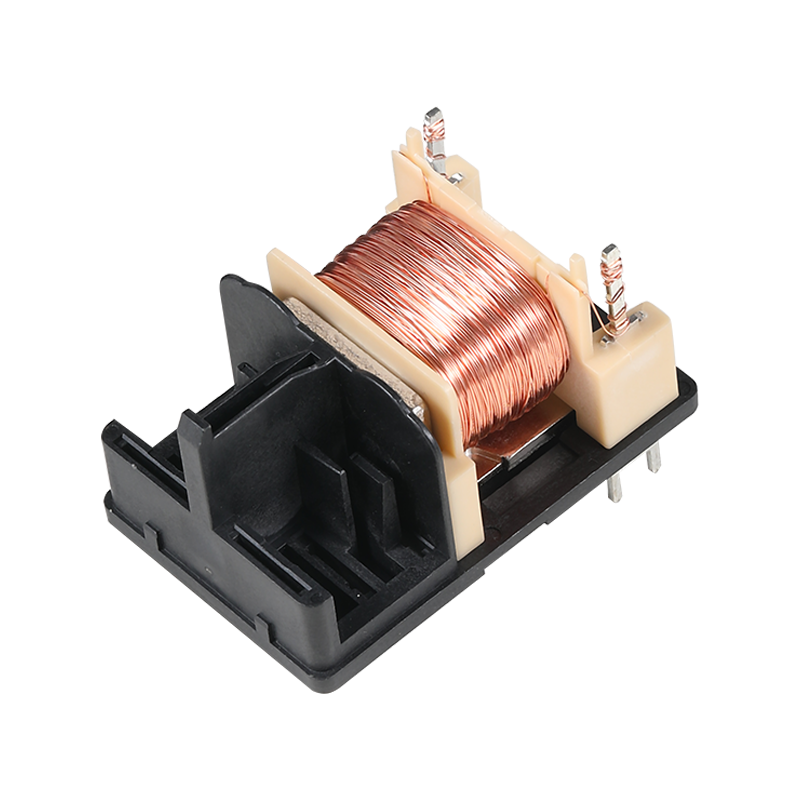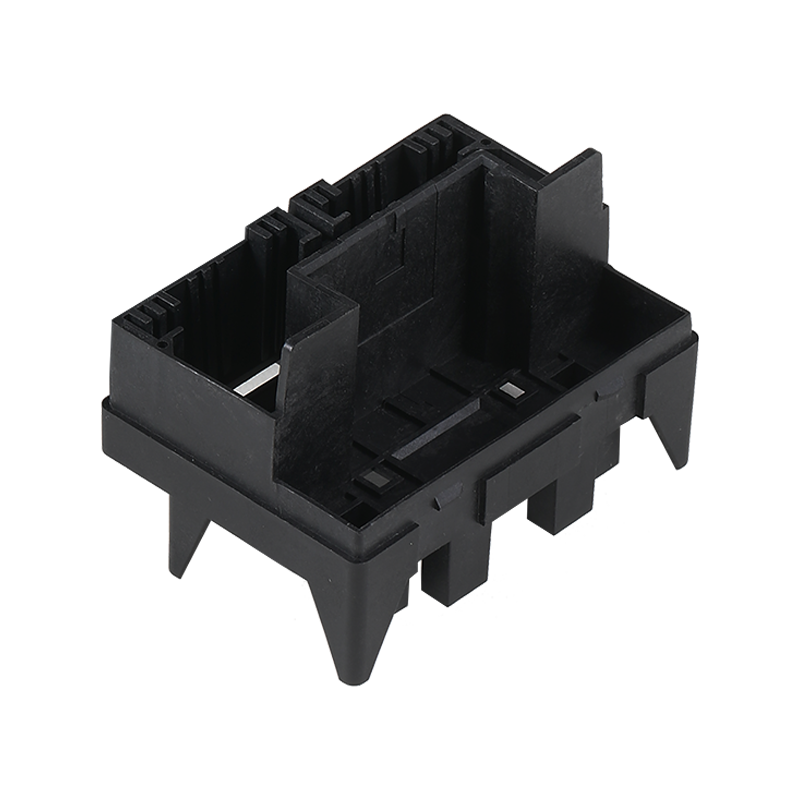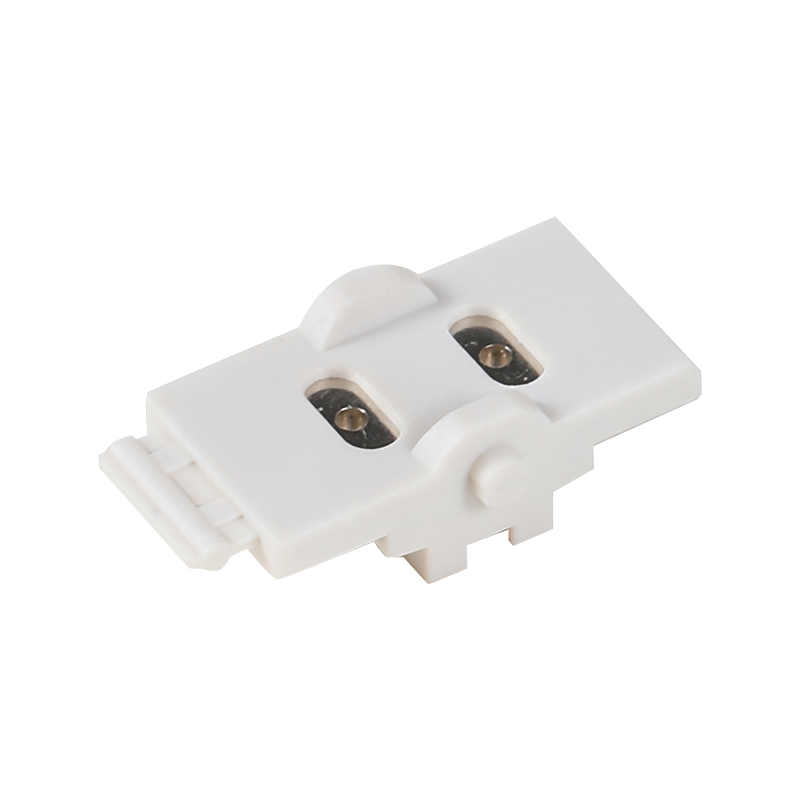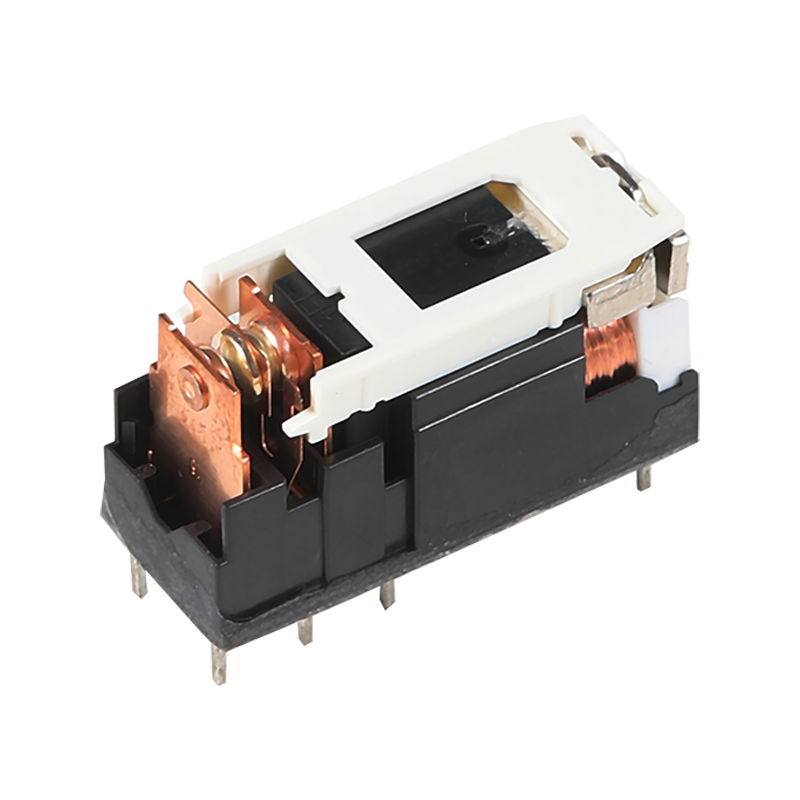
The ongoing trend toward product miniaturization across multiple industries continues to drive significant innovation in the field of mini connector components. These small-scale interconnection devices play a crucial role in enabling the functionality of modern electronic products by providing reliable electrical connections within increasingly compact form factors. The evolution of mini connector components represents a specialized segment within the broader electronics manufacturing sector, with technical developments in this area supporting progress in consumer electronics, medical devices, automotive systems, and industrial equipment.
The design and manufacturing processes for mini connector components require precision engineering and specialized production capabilities. Engineers developing these interconnection solutions must balance multiple performance parameters including current carrying capacity, signal integrity, mechanical durability, and environmental resistance. The creation of reliable mini connector components involves sophisticated modeling of electrical characteristics and mechanical performance under various operating conditions. This comprehensive design approach ensures that mini connector components meet the rigorous requirements of their intended applications while maintaining compact dimensions.
Material selection represents a critical consideration in the production of high-performance mini connector components. Manufacturers typically utilize specialized alloys for contact surfaces that maintain stable electrical properties despite repeated mating cycles and potential environmental exposure. The insulator materials surrounding these contacts in mini connector components must provide sufficient electrical isolation while withstanding soldering temperatures and mechanical stress. The development of advanced polymer compounds has enabled the production of mini connector components capable of reliable operation in challenging thermal and chemical environments.
Production methodologies for mini connector components have evolved to address the challenges of manufacturing at reduced scales. Precision stamping and etching techniques create the miniature contact elements within mini connector components, while injection molding processes form the intricate insulator housings. The assembly of these sub-millimeter parts requires specialized automation equipment and magnification systems for quality verification. The manufacturing environment for mini connector components typically includes comprehensive cleanliness protocols to prevent contamination that could impair electrical performance or mechanical function.
The application spectrum for mini connector components continues to expand as more products incorporate electronic functionality. Portable consumer devices utilize mini connector components for internal board-to-board connections, battery interfaces, and peripheral attachments. Medical monitoring equipment incorporates mini connector components to enable compact device designs that maintain reliability in clinical environments. Automotive systems increasingly rely on mini connector components for sensors, control modules, and infotainment systems where space constraints present significant design challenges. This broadening application base demonstrates the growing importance of mini connector components across multiple technology sectors.
Quality assurance processes for mini connector components involve rigorous testing protocols that evaluate both electrical and mechanical performance. Standard testing for mini connector components typically includes measurements of contact resistance, insulation resistance, and dielectric withstand voltage. Mechanical assessments for mini connector components often involve mating cycle durability, vibration resistance, and mechanical shock testing. These comprehensive evaluation procedures help ensure that mini connector components maintain reliable performance throughout their specified service life in various application environments.
The future trajectory of mini connector components development appears focused on several key areas. Research initiatives are exploring new contact plating technologies to improve durability while reducing reliance on scarce materials. Manufacturing innovations aim to increase production efficiency for mini connector components while maintaining precision standards. The evolution of mini connector components will likely continue to parallel advancements in the electronic devices they enable, maintaining their critical role in technological progress across multiple industries.

 English
English 中文简体
中文简体 русский
русский
